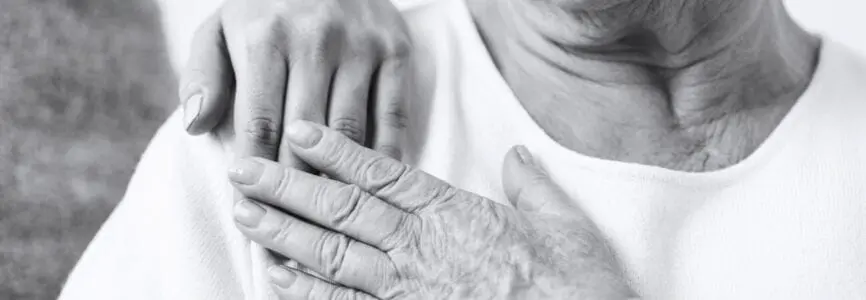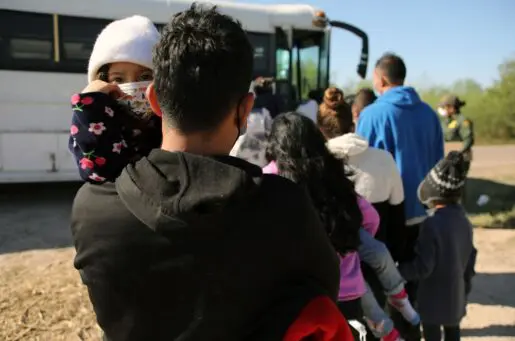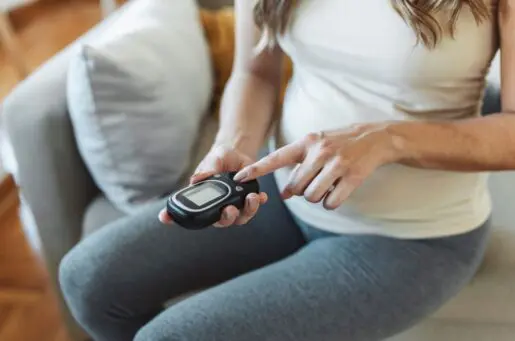Bioethics Forum Essay
Does the Future Belong to Assisted Death?
I have been opposed to physician-assisted death for well over 30 years. I need to go back to my early days with this issue to lay out some of my reflections and misgivings. It had long been the case, I was told in 1970, that if one had the right connections and savvy one could easily find a doctor in New York who would supply a patient with lethal pills. Moreover, a doctor friend of mine said that his old-fashioned paternalistic physician father would on occasion euthanize patients without their permission.
During the 1980s advocacy for euthanasia picked up. Recall Dr. Jack Kevorkian, who helped dozens of people die and served eight years in prison for second-degree murder. There were also two major efforts in California to legalize its practice, both of which failed.
Meanwhile, in 1989 a Dutch physician wrote an article for our journal, the Hastings Center Report, saying that there were serious abuses of euthanasia in Holland, notably that it was being performed without patients’ permission. Two prominent Dutch medical groups sharply criticized the article, saying that the charges were false. In 1991 the Dutch government published the Remmelink Report, which laid out the same abuses our informant physician had revealed in his article.
Not long after our publication I was invited to Holland by Borst Eilers, a leader of the Dutch euthanasia movement and soon to become Minister of Dutch health care. Most astonishingly, she said that her long- term goal was to allow physicians to perform euthanasia without a patient’s permission. She did not, as I recall, specify a reason, but I presume because she felt doctors know best what is good for dying patients.
In sum, I came into the debate with wariness and curiosity. On the one hand, my work on end-of-life care and the emergent hospice movement made clear that many deaths could be painful, psychologically traumatizing, and messy. I could well understand interest in that problem, but I wondered why the growing hospice program was not enough. What was to be made of the zealotry of proponents for euthanasia or physician aid in dying? I was especially curious about their long-term aspirations.
I also became interested in the pressures that medical progress was putting on care of the dying. Most notably, it has been increasing the possibility of medical efforts to incrementally find ever more ways to keep the sick and dying alive. The logic of medical progress has an unpleasant feature. It is the gradual movement from short lives and quick death to longer lives and extended dying. The quick deaths from heart attacks in my parents’ generation have given way to longer lives and Alzheimer’s disease. Is that progress?
Interest in assisted death comes, in part, from a culture of medical progress that does not know how to stop extending our lives. Medicine is particularly good in extending our dying—and much of that extension is in old age. I believe that the care of the elderly is rapidly coming to be a crisis for many countries, rich and poor. Inevitably, this crisis has also meant a growing attraction to assisted death. Some studies show that suicide rates are especially high in countries with low birthrates, rapidly aging populations, and significant health care and caretaker costs. The U.S. may not be spared.
My introduction to the Dutch scene in the late 1980s was to see a slippery slope in the making, first in the Netherlands and then in other countries. In Belgium, for example, euthanasia is now legal for terminally ill children, as well as for adults who have mental illness and dementia, and who are “tired of living.” The loosening of restrictions on who qualifies for euthanasia is evidence of the high value placed on individual autonomy in determining the time and means of death. It is a concept with no inherent limits.
Daniel Callahan (1930-2019) was cofounder of The Hastings Center. This essay is adapted from a talk that he gave on February 13, 2018 at a public event of the National Academies of Sciences, Engineering and Medicine, “Physician-Assisted Death: Scanning the Landscape and Potential Approaches – a Workshop.”














I offer a definition of a “Caring Relationship:” “A variously asymmetric, usually repetitive interaction between two persons, occurring with a mutually affirming purpose, that each person perceives as representing a BENEFICENT intent to enhance the AUTONOMY of the other person by communicating with Warmth, Non-critical Acceptance, Honesty, and Empathy.”
With this definition we assume that the “two Persons” are both independent persons. It becomes difficult to construe when one of the persons becomes a dependent person (as in unable to participate in planning and participating in the execution of their own ‘Personal SURVIVAL Plan’). When there is no precisely reliable process to evaluate the STABILITY a dependent person’s HEALTH, I realize that many physicians develop a remarkably accurate judgement about dependency and potential survival. For a person with a rapidly (< six months) evolving cancer with an accurately established diagnosis, the moral and ethical issues are not difficult.
However, there are many other situations for which the prevention of misery lends itself to producing fundamental ethical and moral issues. As an out, I fundamentally anticipate that the use of non-linear control system testing strategies will most likely bring clarity for precisely defining a person's inexorably declining HEALTH Stability (to establish futility). Any use of medication for comfort, might shorten the length of survival but for which the moral alternative would be fully unacceptable. As an aside, there is no formal testing process, other than a tilt-table, for assessing the resilience of a person autonomic nervous system. And yet, the regulation of circulation is ultimately, almost always, an ultimate cause of the last moments for a person's life.